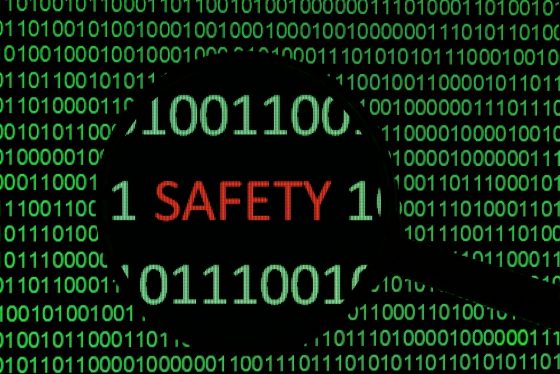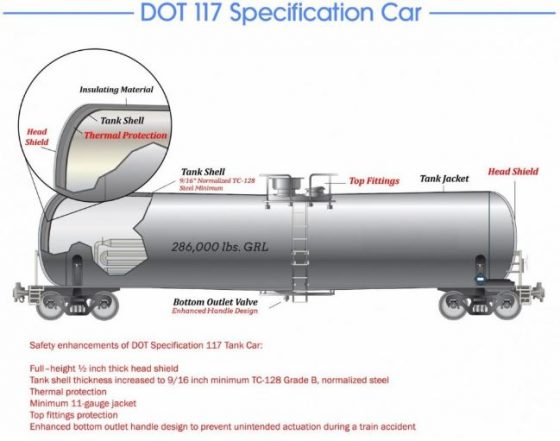
Industries on average experience 3.2 non-fatal occupational injuries per 100 full-time workers, according to the U.S. Bureau of Labor Statistics. Some industries have nearly four-times this rate. Similar statistics exist for workplace illnesses and, unfortunately, fatalities. Could analytics be a solution for lowering these statistics?
Companies today gather huge volumes of operational and enterprise data, plus they have access to myriad sources of external data such as weather, traffic and social media. Unfortunately, this data is normally stored and analyzed in siloed data systems that are scattered across the enterprise. There are, however, steps a chief safety officer (CSO) can take to apply analytics to all available data to reduce incidents and, therefore, safety-related costs.
Here are five steps CSOs and other safety leaders can take to be smarter about data and safety.
1. Know your network
To reduce incidents and therefore safety-related costs for your organization, you need to know the what, where, when, why and how of accidents. After all, accidents happen at a specific time and place, and involve specific people and pieces of equipment. Knowing your network of time, place and equipment speeds up response time when accidents happen, and can even prevent them.
Analytics systems are now able to correlate, analyze and visualize operational, enterprise and external data from across your company. The resulting information can identify the situations, patterns and trends that indicate hazardous but preventable conditions. You can more clearly see the job roles, work sites and times of the day or week that pose the greatest risk.
This information lets you invest your time, money and effort where it has the greatest impact.
2. Collaborate across departments
When you have analytics illuminating the times, places and activities of greatest risk, share that with everyone who can help reduce that risk. Workers and their supervisors need to know what the data indicate about risk, so that they can make appropriate changes. Your facilities department needs to know that some aspects of a work site—lighting, ventilation, access and drainage—contribute to unsafe conditions. Human Resources needs to know what training and certification is required, or should be offered, to increase staff potential.
But collaboration isn’t simply feeding analytics to various job roles. It is important that all those roles—operations, facilities, HR and more—share the same view of analytics in order to work together to address dangerous conditions before something happens.
3. Learn to trust your own data and analytics
There is now too much data arriving too quickly for us humans to manually gather and analyze. It’s still common for business and risk analysts to spend 80% of their time gathering data and only 20% applying it to solving problems. Analytics systems that correlate and analyze multiple data sources flip that equation, enabling analysts to spend 80% of their time acting on insights from data to solve problems.
While you might be willing to trust the math of analytics, you are probably like a lot of leaders who don’t trust their data. Many leaders believe their data is too incomplete, inaccurate, outdated or irrelevant to support an analytics program. When people say this, I usually ask them how they know their data is bad. Until you work with your data, you don’t really know its condition. When you start working with your data to solve a use case, you can address any data quality issues related just to that use case, without needing to somehow fix all of the data.
4. Look for analytics-leveraging skills when hiring
There is a witticism in the business world that “Culture eats strategy for breakfast.” While sayings like this can be cliché, in the case of analytics, this one is true. If your human and work culture doesn’t embrace data-driven decision making, any analytics strategy faces uncertain odds of success.
To establish an analytics culture within your organization, hire people who are comfortable exploring and applying data. You don’t necessarily need to hire data scientists, as that skillset is available from consultants and vendors if and when it is needed. You do, however, need people who are curious and capable of working with each other, and with data scientists, to formulate inquiries, pursue those inquiries, and apply the insights they discover.
5. Start small, but start now
Existing company safety programs that are not data-driven struggle to show their impact. That makes funding harder to justify, which can mean safety programs grow stale over time. If you’d like your organization to be better at safety and analytics, but struggle to measure the effectiveness of your investment in safety programs, it is possible to start small.
Any CSO can immediately identify their most dangerous job role or location. Start with one of those dangerous situations, use data to drive tangible changes in facilities, tools, process or training, and measure the results.
It is really that simple. You can start small, but at least start—now—and make safety a priority.



